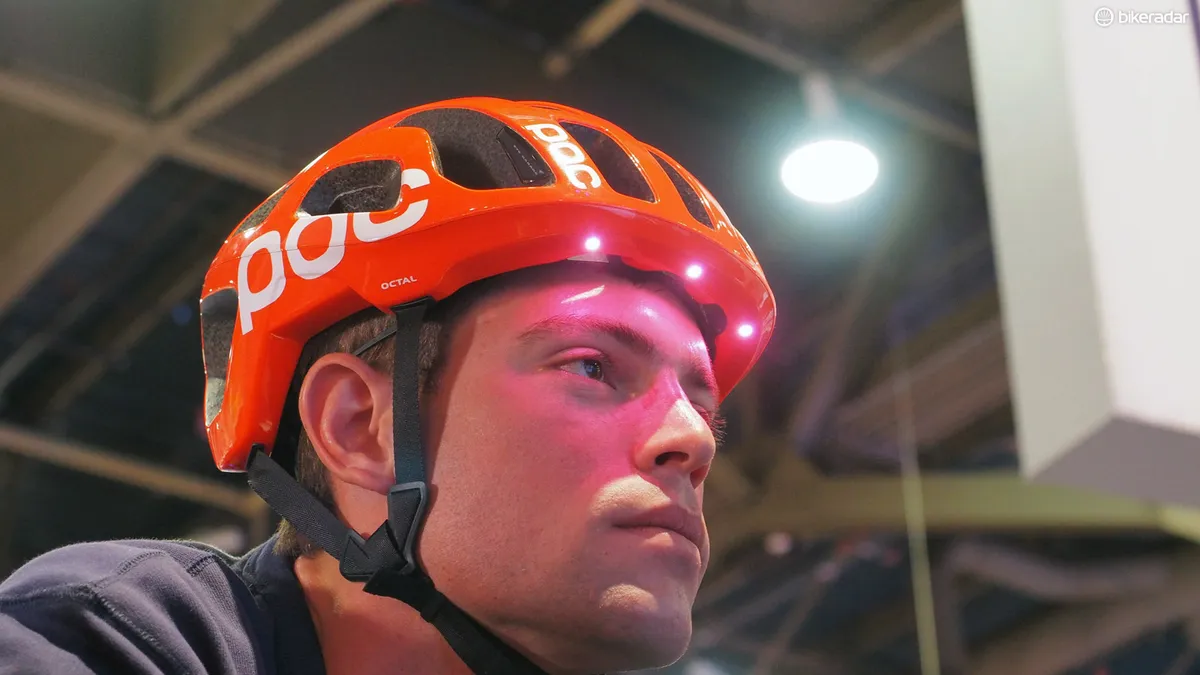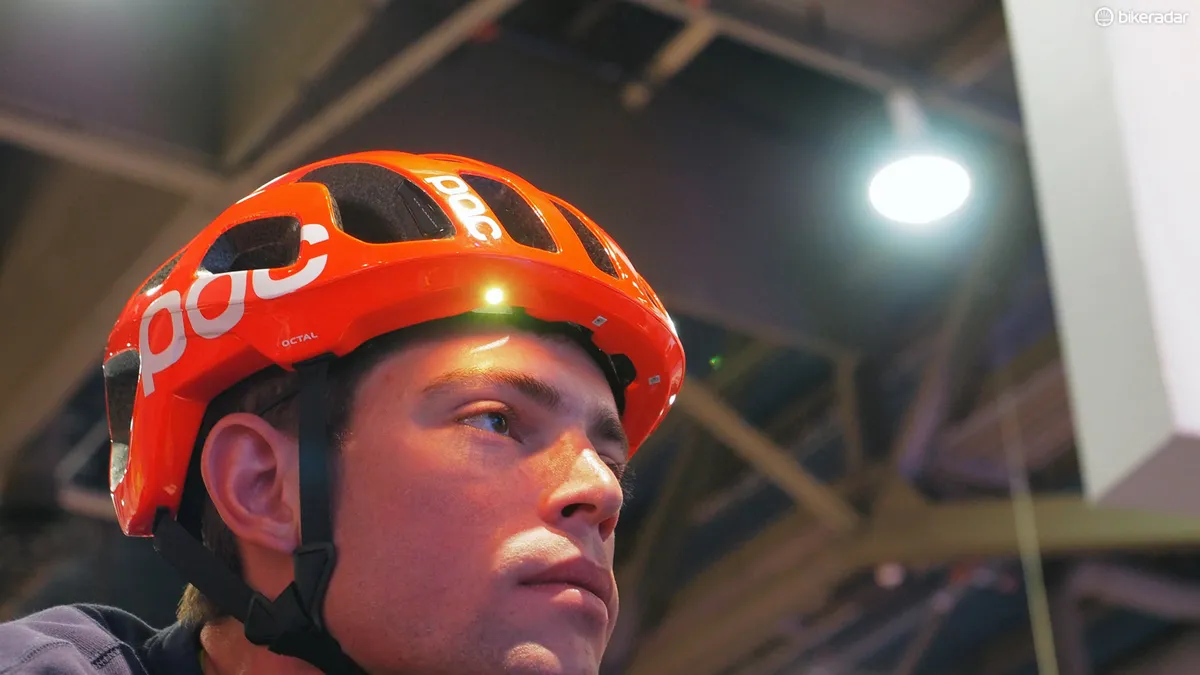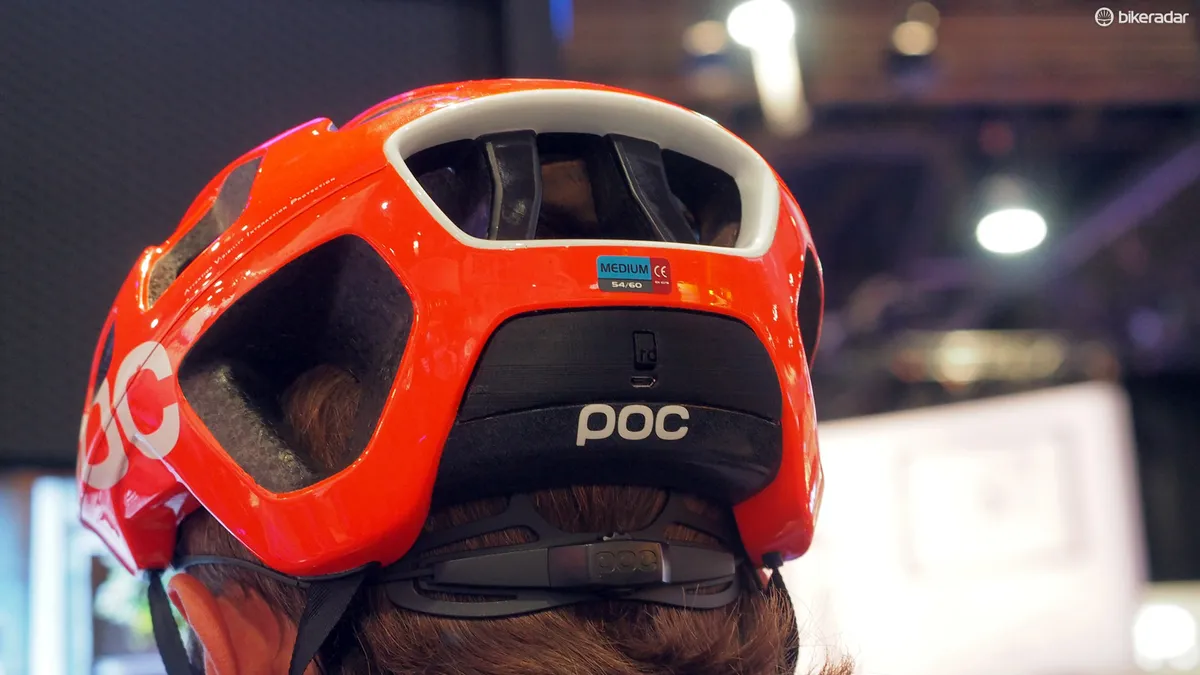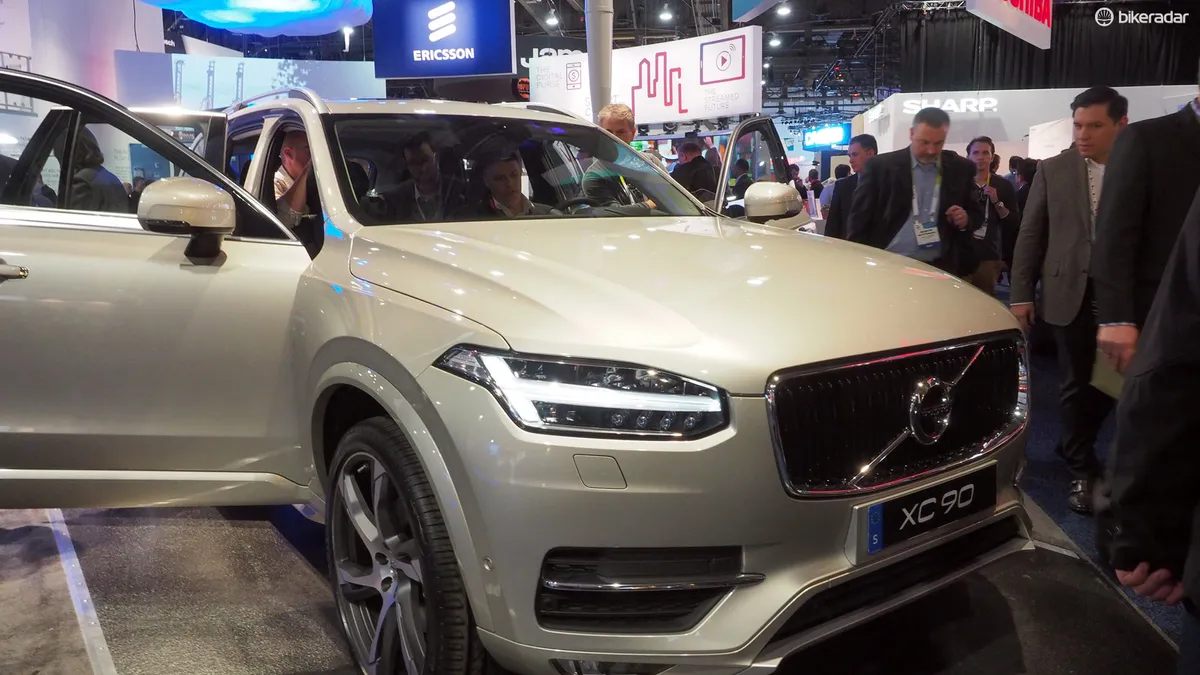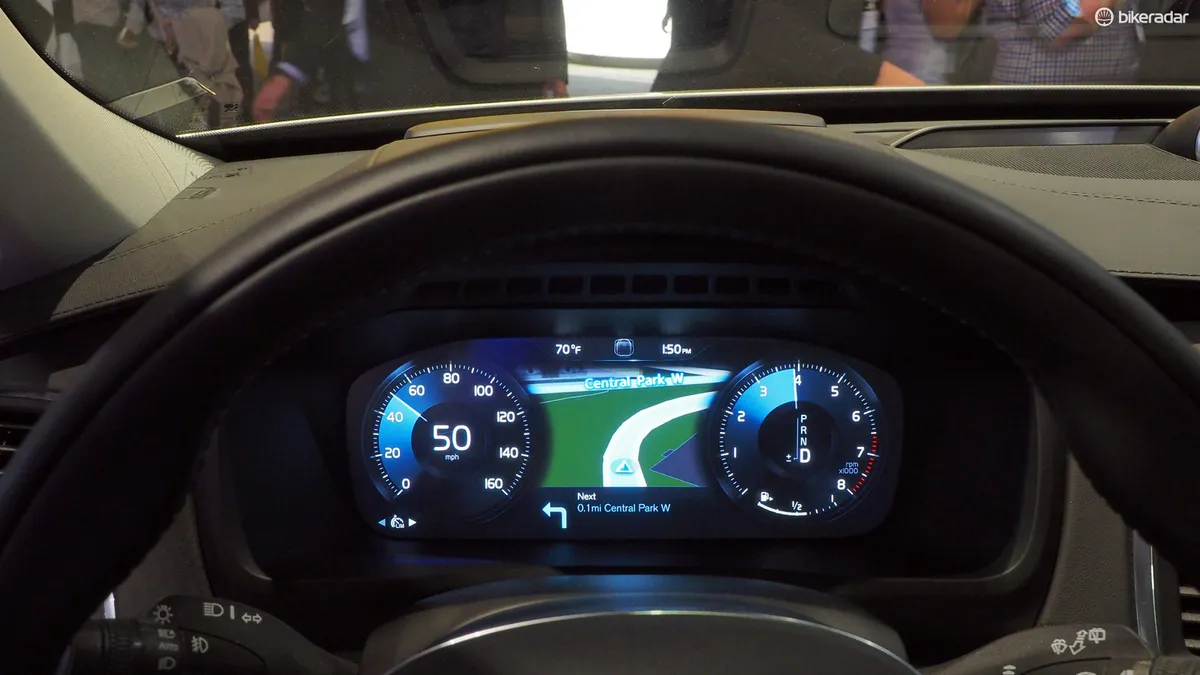Volvo, POC and Ericsson have joined forces to create an innovative safety concept that aims to help reduce collisions between cyclists and drivers.
Volvo has long prioritized the well-being of its vehicles' occupants, and has recently started to look into how to promote the safety of people outside those vehicles. In 2013 it introduced an innovative cyclist detection system that actively scans ahead, warns of an impending impact, and even hits the brakes as needed.
Now, in cooperation with telecom giant Ericsson and cycling helmet maker POC, the Swedish car-maker has expanded that idea with a sort of electronic mutual awareness system that uses real-time, two-way communication to warn cyclists and drivers when they're too close to each other.
Each of the partners plays a critical role in the as yet unnamed concept. Position data is continuously uploaded from a 'connected' Volvo vehicle on the driver's side. The same is done for the cyclist using electronic hardware in a special POC helmet that's paired to a smartphone. Ericsson's cloud-based network, meanwhile, is responsible for linking that information together and making it available to both the cyclist and the driver in essentially real time.
Bright LEDs and vibration pads embedded in the helmet alert the rider when the system detects an impending collision (such as from a car emerging from a hidden cross street), while a similar warning is raised inside the enabled car, SUV or commercial truck.
As with Volvo's original cyclist detection system, the vehicle's brakes can also be automatically engaged to avoid the impact.
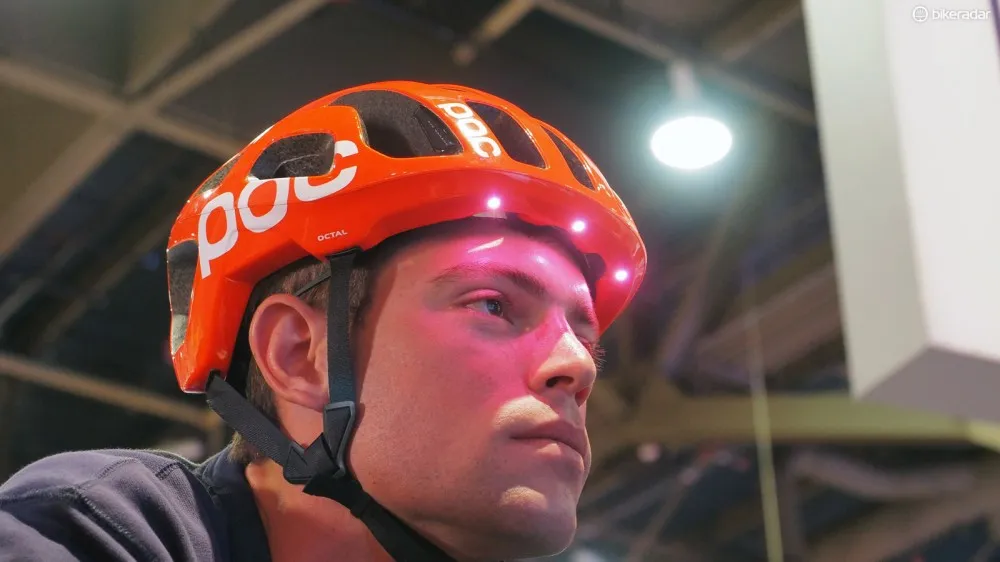
Part of the system is a specially-equipped helmet fitted with LEDs and vibration pads that alert the rider of an impending collision
"We set a mission in the mid-2000s that no one will be killed or seriously injured in a new Volvo by 2020," said Klas Bendrik, Volvo VP and CIO, during a roundtable discussion at the CES trade show event in Las Vegas, where BikeRadar was an exclusive media participant.
"There's a lot of focus on safety and active technology in our vehicles," Bendrik continued. "With maturing technology, that connected part actually [offers] safety not only for the passengers in the vehicles but extends that safety to road users around our vehicles in all environments.
"It's one thing to take this proximity alert when you have an accident, but actually to be updated and be aware of what could potentially be ahead of you – that type of information would be highly valuable."
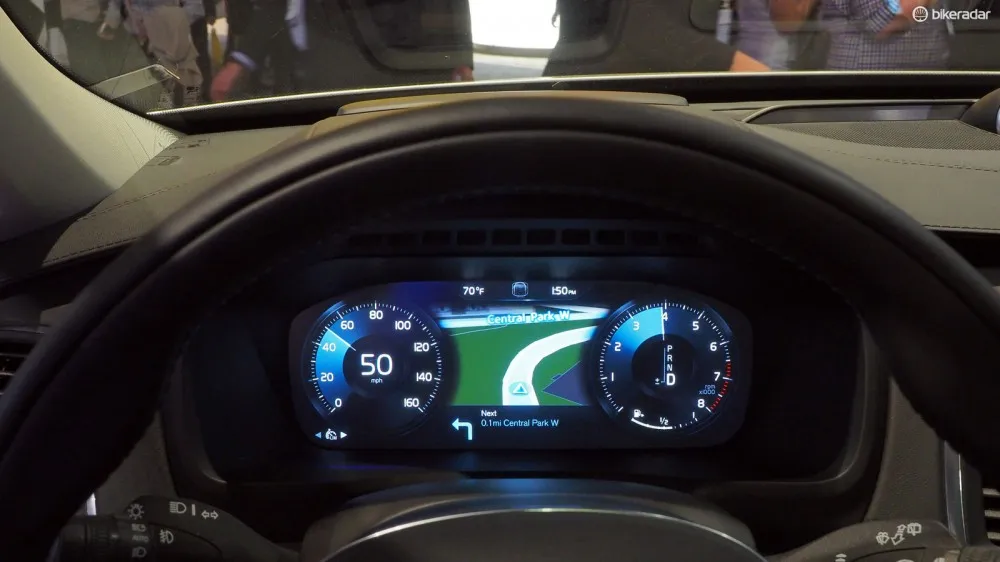
Drivers would receive a similar sort of warning inside the vehicle
Volvo projects that its concept could see a real-world launch in as little as two years' time – at least in Sweden. Volvo enjoys a strong 20 percent market share in its home market. Eighty percent of those vehicles are already connected to a cloud network, and all three project partners are locally situated.
Volvo envisions that an all-reaching data cloud might ultimately be able to continuously monitor the location of all nearby vehicles, cyclists and pedestrians so as to avoid collisions completely. Even better, while Volvo is taking the lead on developing the system, it'll effectively be given away to other companies once it's completed so as to potentially make it industry-wide. While such a scenario would have unfathomable technical, political, practical and ethical hurdles to cross, the idea that every vehicle would be capable of actively preventing itself from careening into someone else is admirable for its well-intentioned ambition if nothing else.
"It's a beautiful concept," said Ericsson VP Magnus Lundgren. "We have just started this journey but 10 years from now, we'll have a networked society. The real big thing is when different things are connected to each other. Safety is a huge driver not only for Volvo but also for cities and society. It's a big chance."

A critical component of the concept is that all of the compatible devices be connected to each other in real time – and that everyone is carrying one
Critics of Volvo's tech-heavy concept might also rightfully argue that it relies too heavily on technology in place of driver and cyclist education. There's a lot of requisite hardware involved, and users might easily become reliant on it in lieu of their own senses – after all, the system detects compatible devices, not the people themselves.
That said, it's a highly encouraging and positive step to see that industry heavy hitters outside of the cycling world are interested in cycling safety, and we at BikeRadar are certainly interested to see how this develops.
null
Video: How the POC, Volvo and Ericsson concept would work
